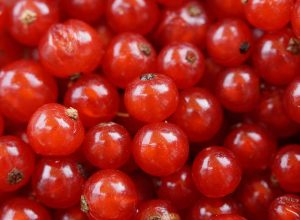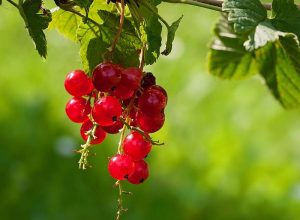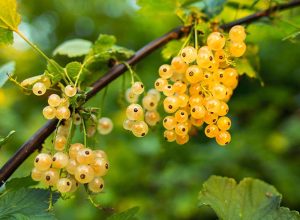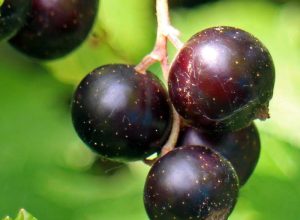Ribes – Specie plurime


Belonging to the Sassifragaceae family, The Blackcurrant is found in four very diverse species: Blackcurrant Rubrum, with red fruit, Blackcurrant Sativum with white fruit, Blackcurrant Nigrum with black/purple and the very new Blackberry Rosa, new to PRANDINI’S GARDEN NURSERY CENTRE.
Very widespread in Northern America, Europe and Asia, all of the species have almost the same characteristics, are very vigorous shrubs, with deciduous leaves and of modest height 1’50/2.00 metres, with growth, upright trunks, a stump, with hardly any branches.
The variety of black fruit presents a stump which is less bushy with trunks erected higher than the others.
They do not fear the cold, even intense, they enjoy a sunny position a condition that is not too excessive, The can fruit quite well even in a shady area, important that it is very light.
TERRAIN
They need a soft soil rich in organic material, not excessively acid, ph 6.0 / 6.5, and without stagnant water. In poor soil you will have minor return, but with a superior organaliptic quality.


FLORA AND FRUITS
In Spring numerous bunches of showy, creamy white flowers appear, They are made up of 20 / 25 flowers which are self pollinating, In Summer they give way to small fruit.
The black variety, which are auto sterile, therefore it’s best to have other varieties nearby to encourage cross pollination. It will form bunches of minor fruit the dimensions will be clearly be much bigger.
The blackberry after a few years can produce 5/8 kgs of very sweet fruit, per plant, you can preserve from fresh for a few days (freezing is possible) the blackberry is more sour, you can preserve it under alcohol or refine food with it.
The blackcurrant, for its marked aromatic taste is not adept to be consumed fresh. It is better recommended in pastry baking and, especially in France, to produce liqueurs like Crème de Cassis or Ratafià de Cassis
With a few diverse varieties of blackcurrant, you can have 50/60 days of crop by the middle of Summer.
Varieties of Blackberry from PRANDINI’S GARDEN NURSERY CENTRE
- BLACK REWARD – Black
- ROLAN – Red
- WITTE PAREL – White
USE AND HEALTH GIVING PROPERTIES
As with all summer fruit, the Blackberry also has notable health properties: it contains many vitamins, especially vitamin C, mineral salts, and has a high content of antociani (see Mirtillo Siberiano) and fenolics which are important antioxidants, indispensable against the formation of free roots (cell molecules).
POTTING PRUNING AND CULTIVATION
The blackberry tends to fruit with more vigor on young branches, consequently during the dormancy season. It’s recommended to cut back the older branches from the base at the same time trying to lighten the plant.
During the course of Summer you proceed with the Summer potting which consists of eliminating the suckers which have grown in Spring, being aware to leave those which are going to substitute the older branches in Winter
All the species are very resistant to disease, fungi and parasites, however they can, in specific atmospheric conditions, be struck by an attack of white sickness or aphids.
With changes in atmospheric conditions the attacks generally disappear.
For the first years of the implant we recommend regularly checking the irrigation, but when the plant is free, you should intervene only in extreme conditions of drought, or in the case that rain is scarse.
Being that blackberry plants enjoy soil which is only lightly acid, a good supply of mature manure in Winter allows the plant to develop and produce without needing other fertilization
